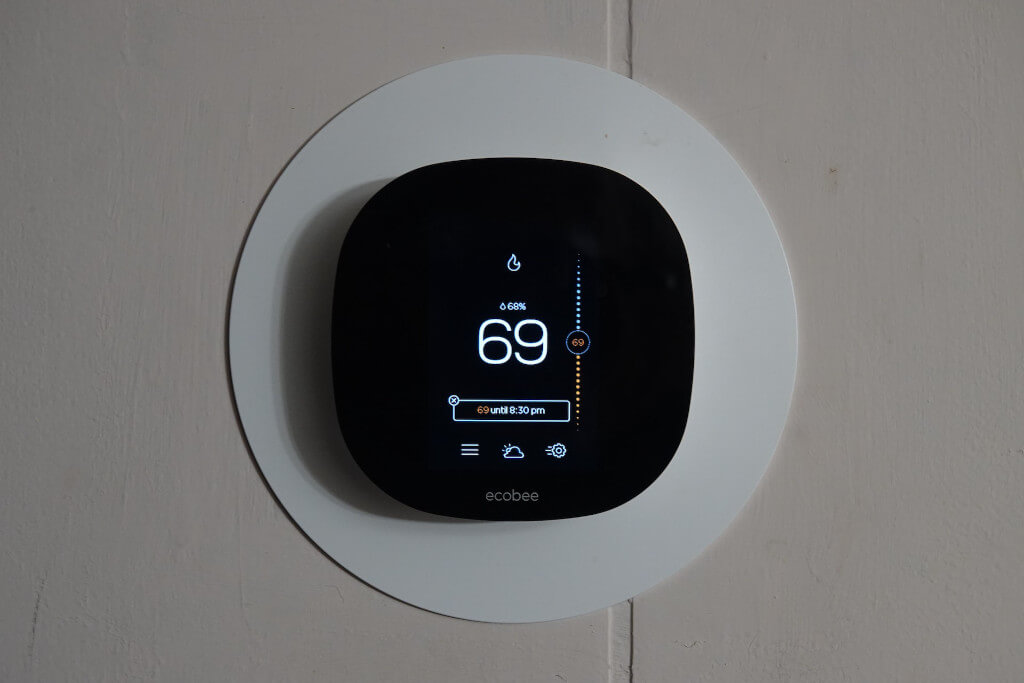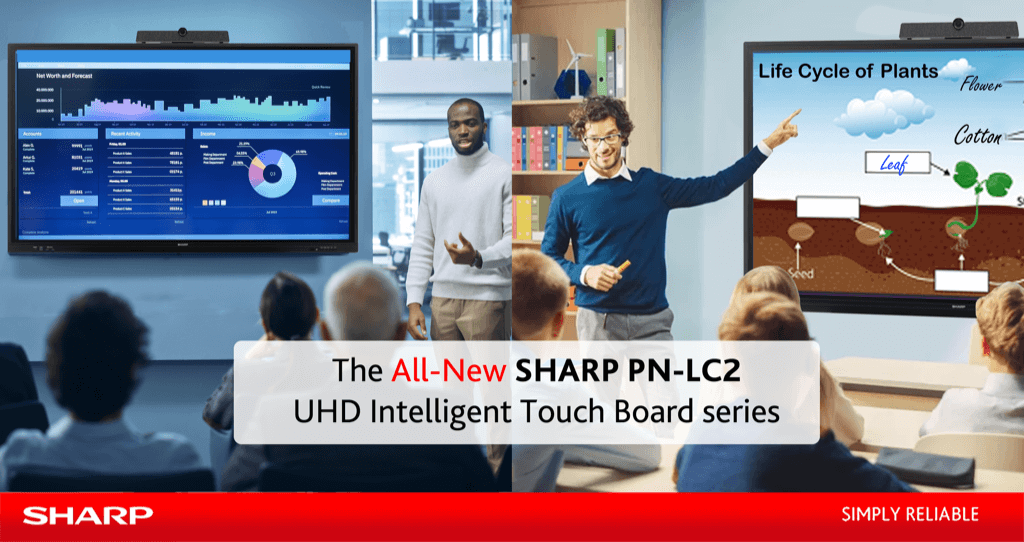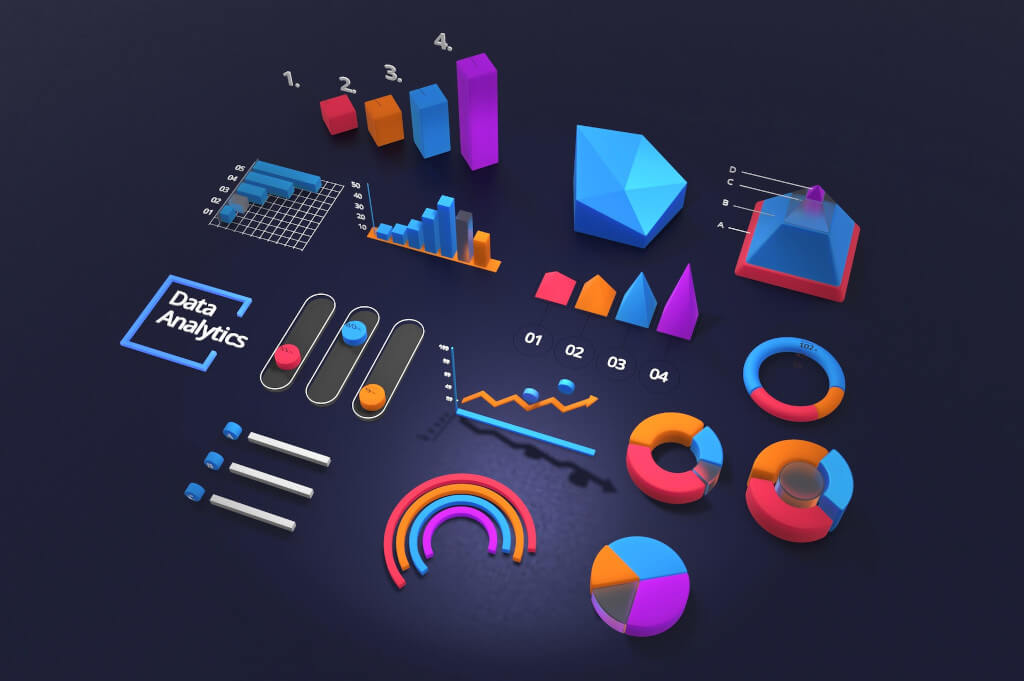A Rise in the Applying Networked Digital Confinement Zones
Increasingly common are climate control mechanisms that use programmable thermostats in various “zones” throughout a building. This pattern is anticipated to keep going strong all through 2023. By adjusting the temperature in less-frequently used rooms to reflect the season or the time of day, you can reduce your costs for heating and cooling.
For maximum comfort during the hours you spend in your home office and kitchen, for instance, you may want to adjust the temperature in those areas independently of the rest of the house. At a later time, when you’re ready to unwind in the bedroom or living room, you can set the timer for the other zones to activate. Any house that has both wireless internets and forced air can have digital zoning installed.
Geothermal Applications
These days, more and more people are opting for geothermal heating and cooling systems, and that trend is only expected to continue. To provide efficient and environmentally friendly heating and cooling, geothermal systems tap into the Earth’s natural heat source. Experts predict a 65% efficiency gain for the systems compared to standard HVAC technology. Geothermal systems are much more environmentally friendly than conventional HVAC systems, as well as being cheaper to operate and quieter.
Effortless Operation and Low Power Consumption
There will be a continued uptick in demand for HVAC services such as those that track metrics like HVAC unit age, efficiency, and condition across a portfolio of properties. In the commercial and multi-family sectors, their benefits can be seen, especially since some building owners have been unable to work since the 2020 pandemic.
These services collect data that can be used to reliably forecast HVAC system breakdowns in the future. The ease of use and potential financial savings offered by these solutions will continue to propel their adoption well into 2021. Notably, 2020’s new building boom also contributed to the industry’s growing enthusiasm for HVAC asset tagging.
Keeping a record of HVAC assets ensures maintenance can be tracked during warranty hold periods and that any issues are resolved. In addition to increasing the property’s value, the homeowner can use accurate data on the upkeep of these systems to their advantage during the sales process.
Air Conditioners Made From 3D Printing Technology
The most unanticipated way that technology will interact with HVAC is through 3D-printed air conditioners. The most recent innovation in this area is a three-dimensional porous block that can absorb moisture and cool the air by evaporation. According to GreeDirect, traditional materials are less reliable and durable than 3D printed materials, therefore these systems will require less maintenance and last longer. Even though it was invented in 2015, consumers won’t be able to buy this product in any significant quantity until 2023.
Interfaces Are Getting More and More User Friendly
Wi-fi thermostats sound great in theory, but many people are turned off by the confusing design of the interfaces these devices use in practice. While smart thermostats will still be effective at reducing energy consumption, the experience of using them will be improved by the devices used to program them.
The Nest thermostat is an example of an intelligent device that can adapt to your routine. Once it gets to know your routines, it can do things like turning on the air – conditioning system before you get home or lowering the temperature in the bedroom before you go to sleep. Potential dangers like carbon monoxide leaks or broken furnaces can be averted with the help of these devices, which can be remotely activated at any time. Product lines like Google Nest record your energy consumption and usage over time, allowing you to fine-tune your HVAC system and save money.
Using the Sun to Power Your Air Conditioner’s Thermal Cycle
A recent development in HVAC is thermally driven air conditioning, which answers the call for more environmentally friendly cooling methods. It’s a viable alternative to conventional air conditioners because it provides effective cooling with minimal energy consumption. This system uses solar energy for cooling rather than electricity, with a backup plan using natural gas. The result is a total lack of electricity bills!
This HVAC technology may not be widely used just yet, but it offers encouraging signs for a greener tomorrow. Low-pressure evaporation is used in thermally driven air conditioning units to remove heat. They are highly efficient and effective, but they need to be exposed to temperatures above 175 degrees celsius to produce electricity. As a result, the use of smart thermostats will only increase in the future.
Since more homeowners are aware of how much money can be saved on monthly energy bills by installing a programmable thermostat, sales of these devices have increased. You can connect them to your computer, tablet, or smartphone through their WiFi capabilities. Any residence that has access to WiFi can take advantage of smart thermostats.
Intelligent Heating, Ventilation, and Air Conditioning Systems Are Also on the Rise
The HVAC industry has benefited from IoT because of its ability to monitor and collect data from equipment. The next step for these technologies is for your systems to report errors and prompt you to perform preventative maintenance before they break down completely. Temperature and humidity levels will be managed and monitored by sensors integrated into your HVAC system, thanks to the use of smart technology. It will be easy for your technicians to get their hands on this information, which will help them better understand the state of your HVAC systems and how best to maintain them.
Devices for Purifying and Humidifying the Air Throughout a Home
Preventing the spread of viral infections and other air pollutants will continue to be a major focus throughout the year 2023. These amenities were once considered “nice to have,” but are now considered necessities in today’s homes. Humidifiers for the entire house can help those with asthma, COPD, and other breathing problems by lowering the dry air that irritates their airways.
The Use of Virtual Reality in HVAC Technician Education
Not only is it interesting to observe HVAC innovations, but it is also crucial to take note of how these advancements have influenced the education of HVAC specialists. HVAC technicians in this modern era of remote service providers have access to technological advancements such as virtual reality training for unusual scenarios.
Because experts can practice their skills with simulated elements before moving on to the real thing, VR training has been confirmed to be a cost-effective option for businesses. Saving time is a bonus to the financial benefits. Technicians can investigate the HVAC system’s installation procedure or diagnose the new system with the assistance of a virtual simulation model. Through the use of virtual reality, a large number of individuals can be educated in a shorter amount of time and with fewer resources.
When it comes to complex or potentially harmful technology, novices can learn in a risk-free environment with virtual reality training. In addition, it’s a fantastic tool for simulating potentially harmful situations for training purposes. In addition to its use in education, virtual reality is finding an expanding number of other potential applications.





